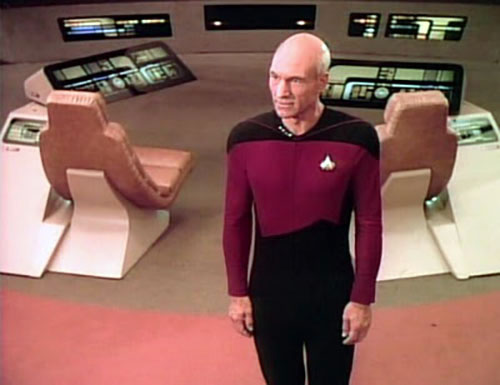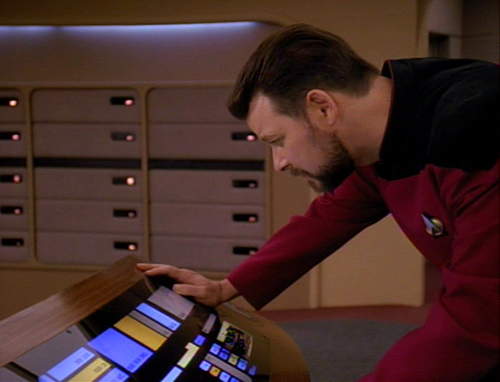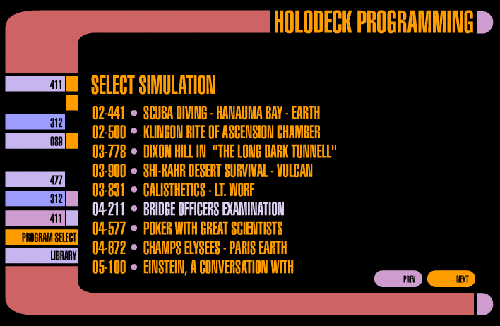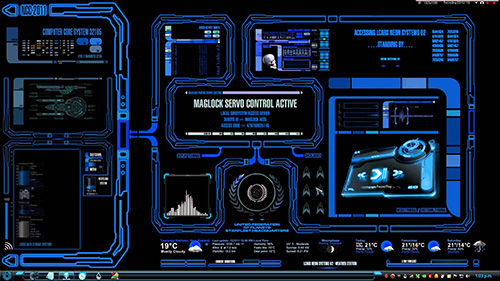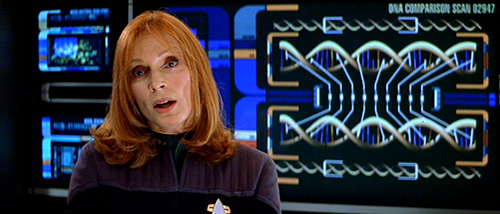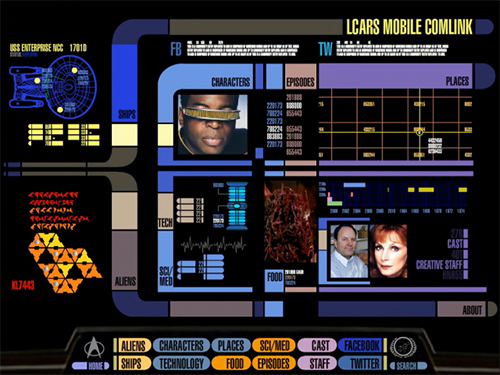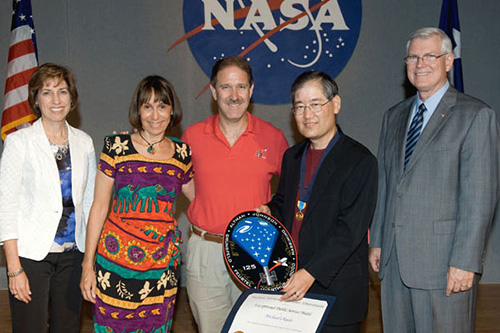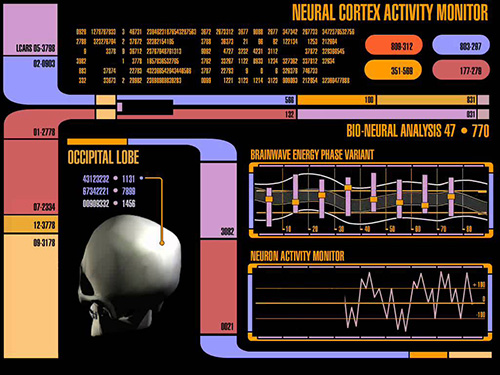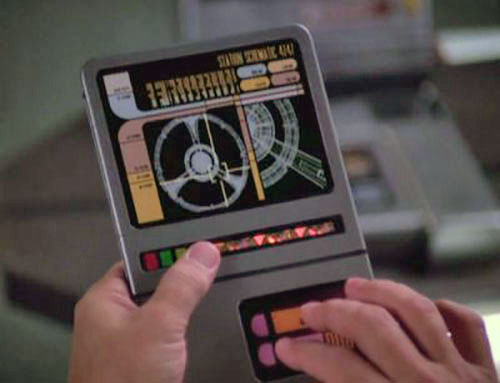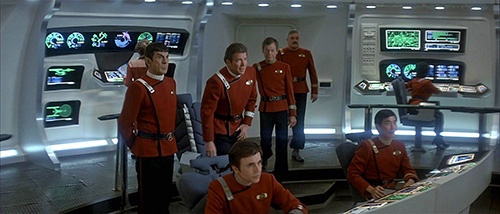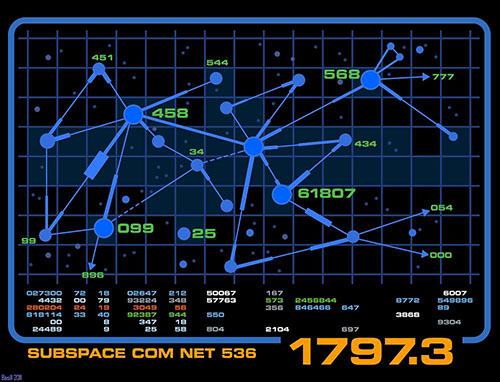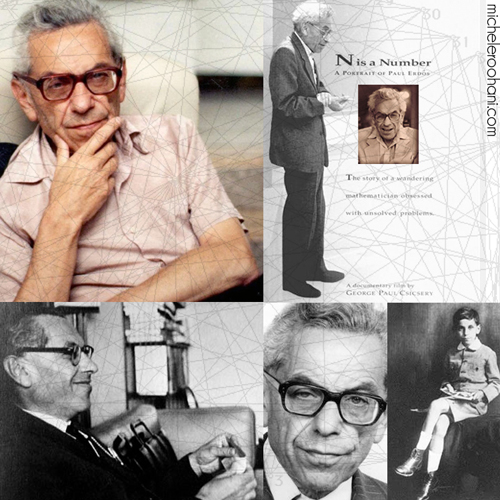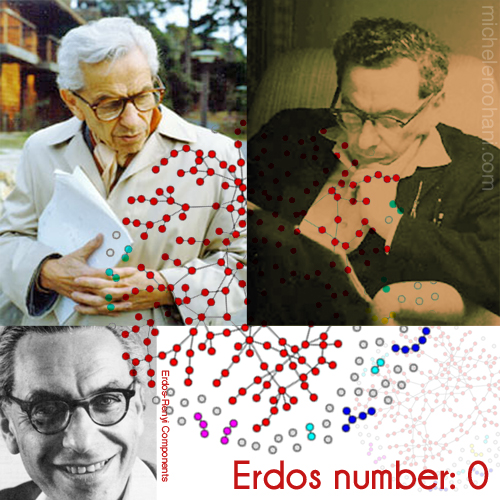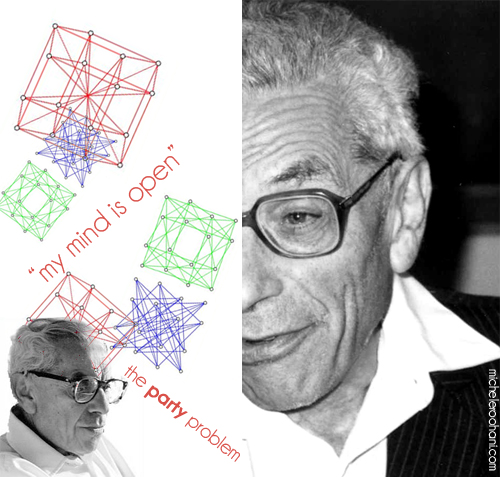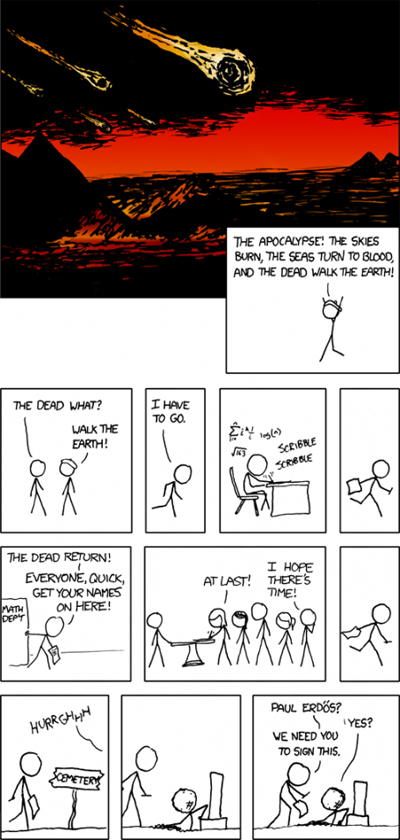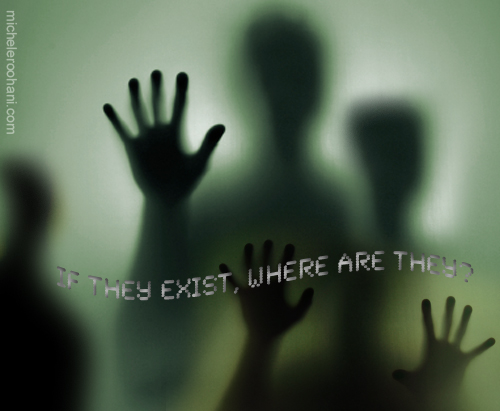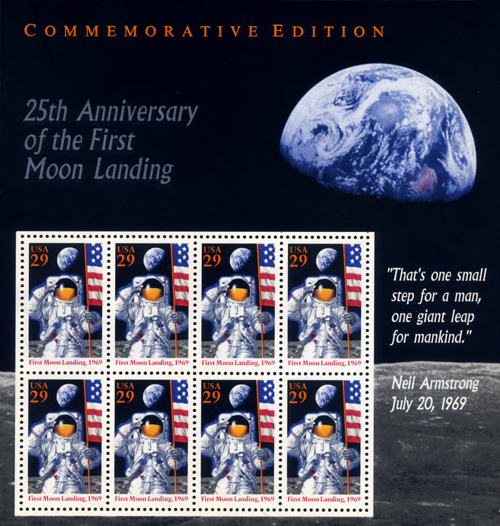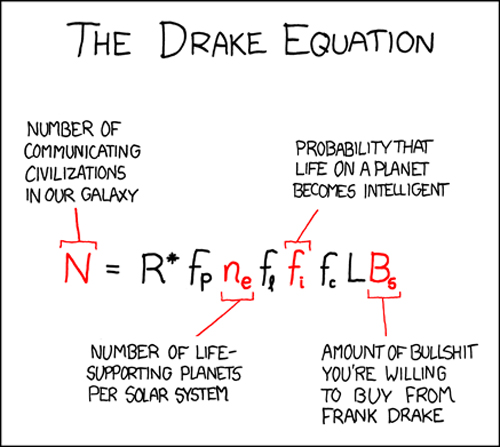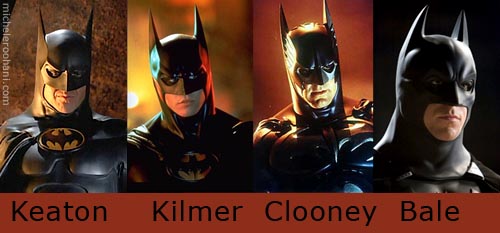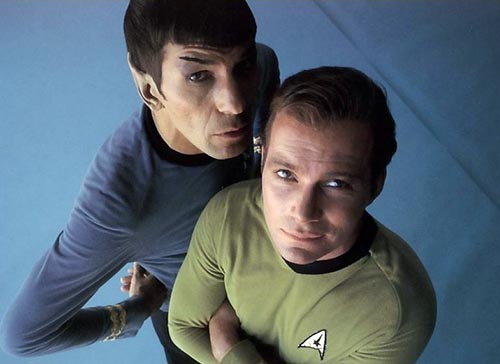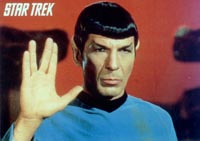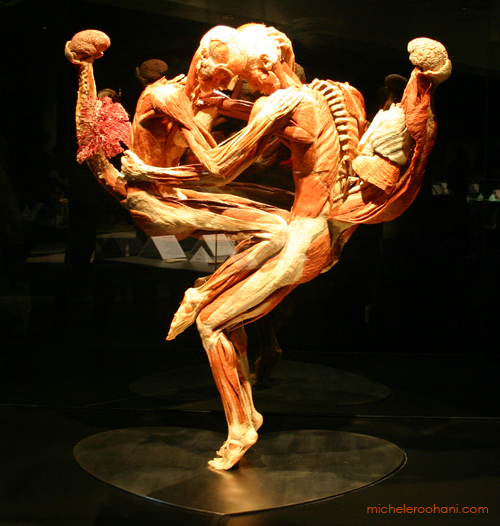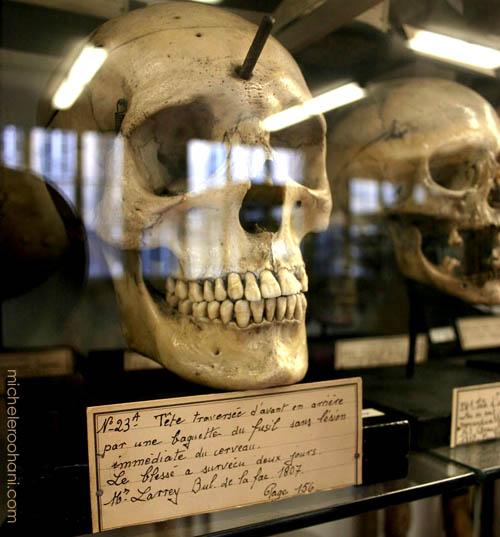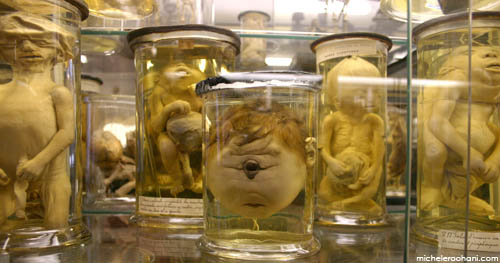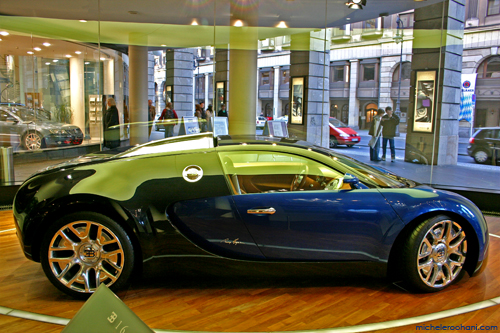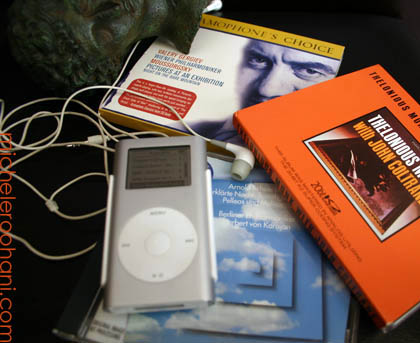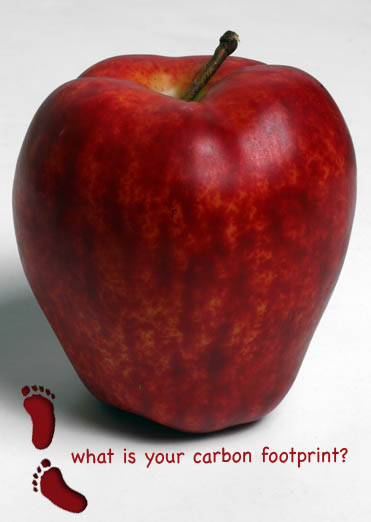University of Cambridge, England, is one of the oldest universities in the world (800 years old) and is made up of 31 colleges. A college is where students live, eat and socialize. It is also the place where students receive small group teaching sessions, known as supervisions. This post will be about the grandest and most magnificent of these colleges: Trinity College.

I had the best guide to take me around several of these colleges but for this post, Trinity it is. It was founded by Henry VIII in 1546 as part of the University of Cambridge, combining two older colleges that existed since 1317 and 1324:
 This is the clock gate with a statue of one of the older colleges founders, Edward III (and yes it did take me 20 minutes to walk 20 feet!)
This is the clock gate with a statue of one of the older colleges founders, Edward III (and yes it did take me 20 minutes to walk 20 feet!)
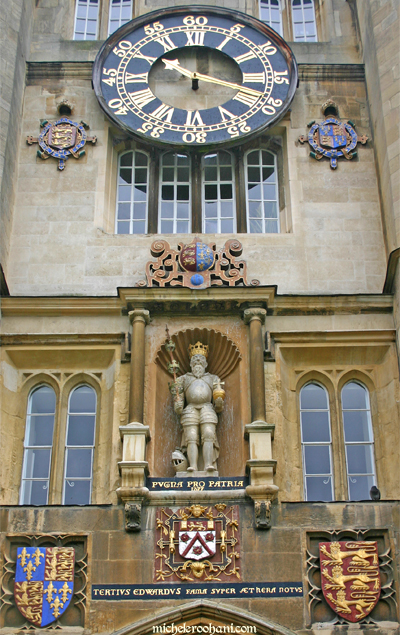
“Pugne pro patria” or fight for your country he’s preaching with a beer belly and three crowns in his hand. Edward III quartered the Royal Arms of England (the three lions) with the ancient arms of France, the fleurs-de-lis on a blue field, to signal his claim to the French throne.

The iron-work of the gates in the Nevile’s court leading to the “backs” is very impressive (I found a funny criticism of the gates in an old book—they were built for a total sum of 4 pounds in 1691):

I love this little feather stuck on these ornaments:

Trinity has many notable alumni but for me its most distinguished is Isaac Newton; this is where he measured the speed of sound (you can still clap your hands and hear the echo):
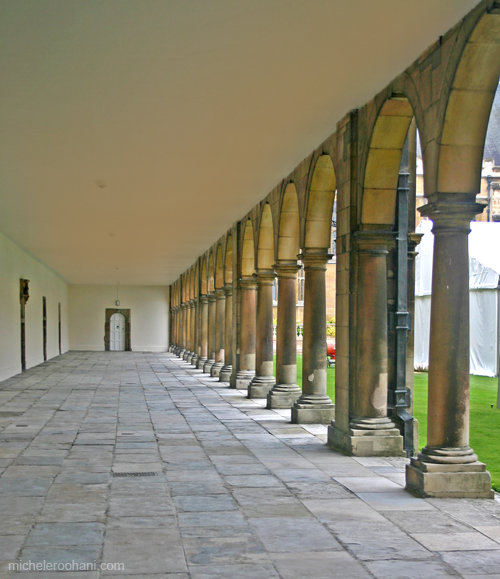
He is now standing in the college’s chapel:
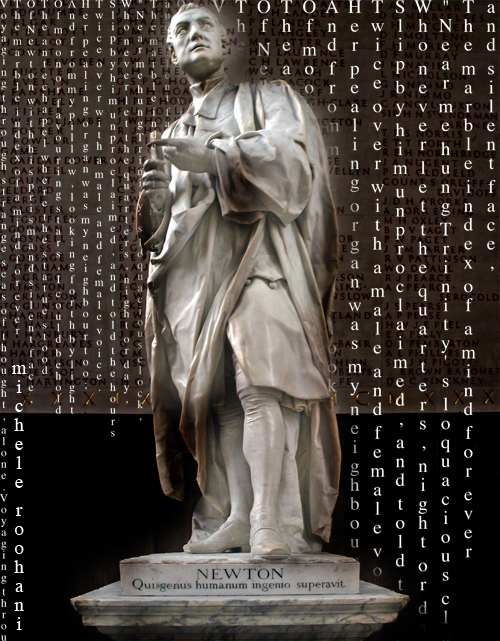
For the ones who don’t want to decipher the words above, here is William Wordsworth’ poem (1850):
“Near me hung Trinity’s loquacious clock,
Who never let the quarters, night or day,
Slip by him unproclaimed, and told the hours
Twice over with a male and female voice.
Her pealing organ was my neighbour too;
And from my pillow, looking forth by light
Of moon or favouring stars, I could behold
The antechapel where the statue stood
Of Newton with his prism and silent face,
The marble index of a mind for ever
Voyaging through strange seas of thought, alone.”
Newton is surrounded by bright minds in the chapel and even A Man for all Seasons. I am almost sure that the second gentleman from the left is Sir Thomas More:
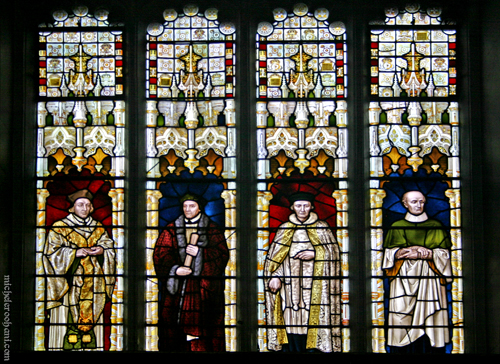
Of course you should first get in the chapel to see all of that!

The most beautiful sight is the Wren library—off limit to cameras—which has exquisite classical proportions and maximizes space and light having bookcases below window level. It has Newton’s own copy of the first edition of Principia Mathematica, with hand written notes for the second edition.

Trinity College undergraduate gowns are dark blue, as opposed to the black favored by most other Cambridge colleges:
 Unlike any other Cambridge college the porters—aka grass police—always wear black bowler hats; they make sure that as with many other Cambridge colleges, the grassed courtyards are generally out of bounds for everyone except the Fellows or me who was accompanied by a Fellow.
Unlike any other Cambridge college the porters—aka grass police—always wear black bowler hats; they make sure that as with many other Cambridge colleges, the grassed courtyards are generally out of bounds for everyone except the Fellows or me who was accompanied by a Fellow.
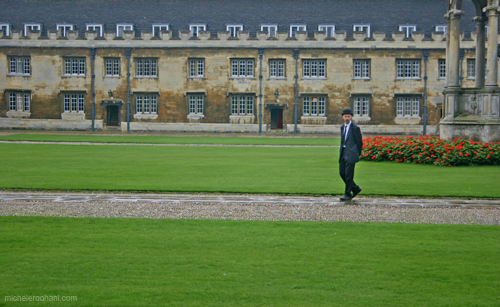
And this is their headquarter:

If you get lucky to be invited to a High Table in the Great Hall, you will have a formal dinner with very interesting Fellows but if you are very lucky, like me, you will sit between the most senior Fellows, Anil Seal and Béla Bollobás!
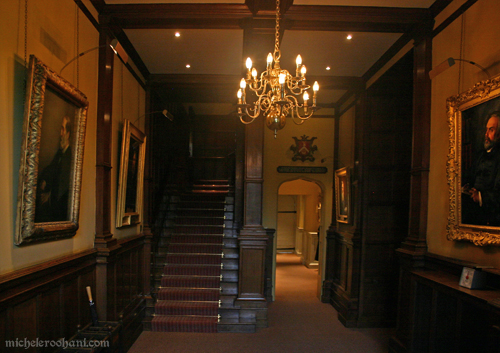
This is what you are going to eat and drink (we were lucky enough to inherit a great Sauternes left over from the previous night’s big dinner); I was warned not to pass the serving platters to the person sitting by me and always wait for the waiter to do it!

And of course row after row of tea cups…

The great court is even more breathtaking at night where the college bathes in soft lights and the sound of the central fountain:

Just imagine going to sleep (like the other students of the college) with the sound of this old spring:

If you are a visiting scholar, you may stay in the college,
 right beside the Master’s Lodge—in this case Sir Martin Rees:
right beside the Master’s Lodge—in this case Sir Martin Rees:

I so wanted to peek through Sir Rees’ house but the best I could do was to take a furtive picture and be happy with his TED talks...

One place I could visit was the neighboring guest house in this blue hour,

and delight at the “green teas” you could have in the morning by the window…

Last but not least on my list is the river Cam and its romantic bridges made even more beautiful by the Punts (flat-bottomed boat with a square-cut bow):

It couldn’t get greener, wetter, fresher than this hazy beautiful morning spent visiting the Cambridge colleges:

And this punter, oblivious to the fine rain, enjoys the shallow and gravelly river, from one Cam bridge to the next:

After the first couple of colleges you either need a coffee at Caffé Nero accompanied by great fudge from fudge kitchen,
 or something stronger: a carajillo just like Mitra D. likes it!
or something stronger: a carajillo just like Mitra D. likes it!

To be continued…




